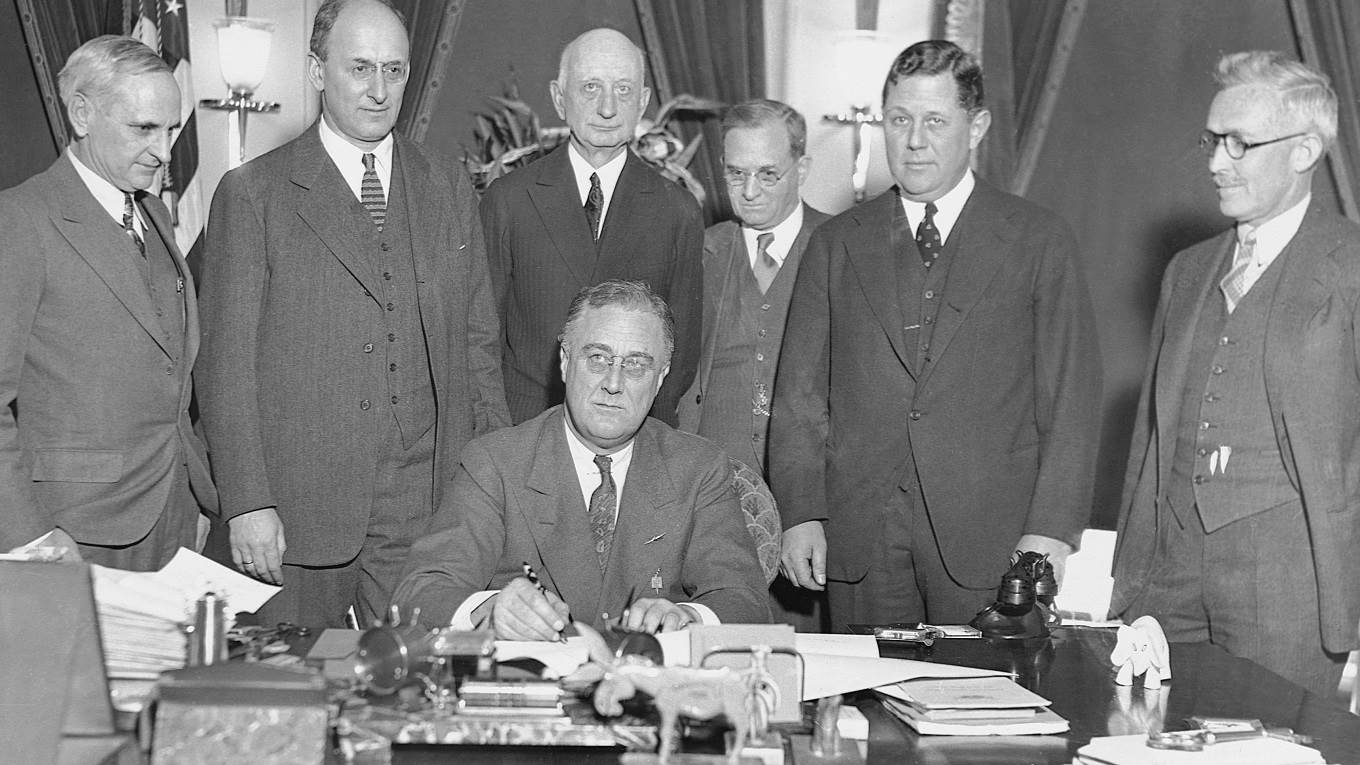
Learning from America’s Forgotten Default
LOS ANGELES – One of the most pervasive myths about the United States is that the federal government has never defaulted on its debts. Every time the debt ceiling is debated in Congress, politicians and journalists dust off a common trope: the US doesn’t stiff its creditors.
There’s just one problem: it’s not true. There was a time, decades ago, when the US behaved more like a “banana republic” than an advanced economy, restructuring debts unilaterally and retroactively. And, while few people remember this critical period in economic history, it holds valuable lessons for leaders today.
In April 1933, in an effort to help the US escape the Great Depression, President Franklin Roosevelt announced plans to take the US off the gold standard and devalue the dollar. But this would not be as easy as FDR calculated. Most debt contracts at the time included a “gold clause,” which stated that the debtor must pay in “gold coin” or “gold equivalent.” These clauses were introduced during the Civil War as a way to protect investors against a possible inflationary surge.
For FDR, however, the gold clause was an obstacle to devaluation. If the currency were devalued without addressing the contractual issue, the dollar value of debts would automatically increase to offset the weaker exchange rate, resulting in massive bankruptcies and huge increases in public debt.
To solve this problem, Congress passed a joint resolution on June 5, 1933, annulling all gold clauses in past and future contracts.
…click on the above link to read the rest of the article…